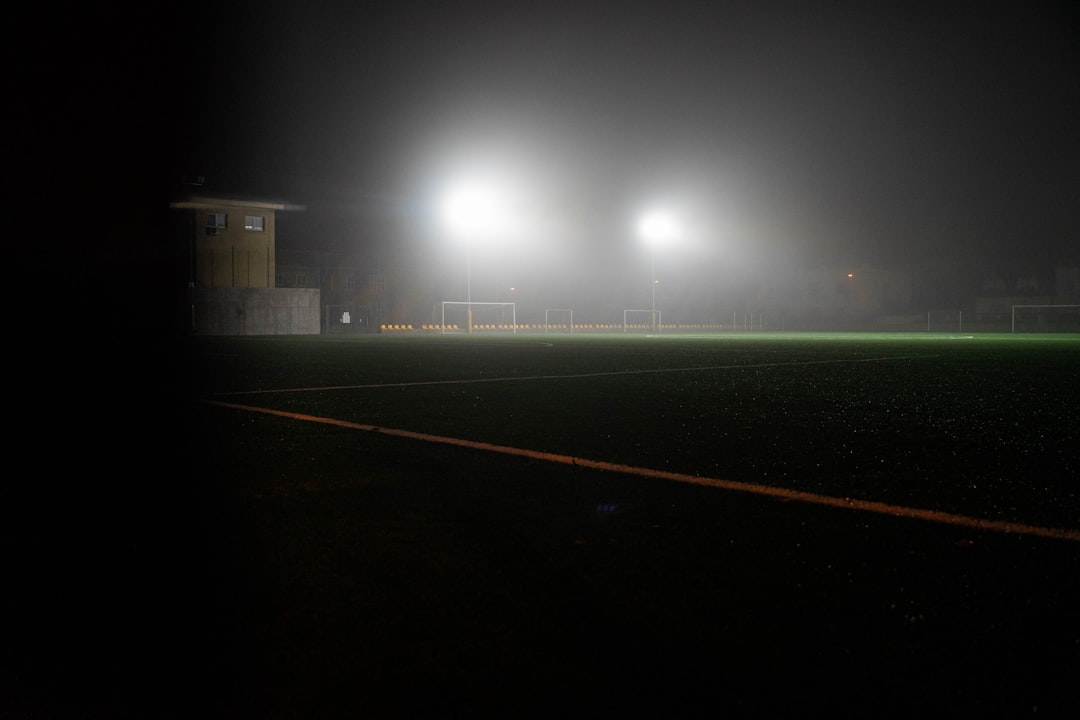In the complex and strategic world of American football, each player’s role is finely tuned to achieve cohesive team performance. Among the defensive positions, the safety plays a crucial and often misunderstood role. This position combines intelligence, athleticism, and instinct, serving as the last line of defense and a key component of any team’s security against big plays. In this article, we’ll break down exactly what a safety does, the types of safeties, responsibilities they carry, and how their performance influences the broader dynamics of the game.
Understanding the Safety Position
The safety position is part of the defensive backfield, meaning they operate behind the line of scrimmage, usually deeper than most of the other defenders. There are generally two safeties on the field: the free safety and the strong safety. Although both work in unison, their roles slightly differ based on defensive schemes and offensive forms.
1. Free Safety (FS)
The free safety is usually the deepest player on the field. Tasked with guarding against long passes and broken plays, the FS must be exceptionally fast, intelligent, and well-versed in reading the quarterback’s movements. Think of the free safety as a defensive sweeper, scanning the entire field and making split-second decisions.
2. Strong Safety (SS)
By contrast, the strong safety positions closer to the line of scrimmage, typically on the side of the offense where the tight end lines up (traditionally the “strong side”). This player often has a blend of linebacker responsibilities—stopping the run and covering tight ends or slot receivers—along with providing support in pass situations.

Key Responsibilities of a Safety
While their core mission is to prevent the offense from executing explosive plays, safeties are expected to adapt quickly to what the offense presents. Their duties can be broken down into several critical areas:
A. Pass Coverage
- Deep Zone Coverage: In zone schemes, the safety will often cover one or more deep areas of the field to prevent long gains through the air.
- Man-to-Man Assignments: Against certain offenses, a safety might be required to cover a tight end, running back, or slot receiver in man coverage.
- Reading the Quarterback: A talented safety excels at interpreting the quarterback’s decisions, allowing them to anticipate and intercept passes.
B. Run Support
- Gap Filling: Safeties are often responsible for closing gaps in the defensive line, particularly in counter plays or delayed handoffs.
- Tackling: Especially the strong safety, must bring down running backs and other ball carriers who have broken through the defensive front.
C. Blitzing
Though not as common, safeties may be called upon to blitz—charge into the offensive backfield to sack the quarterback or disrupt a play. These situations require careful timing and disguise to be effective, since safeties leave coverage areas open when blitzing.
D. Communication & Leadership
Safeties are often seen as the “quarterbacks of the defense.” They are responsible for identifying offensive formations, adjusting coverage, and communicating between cornerbacks, linebackers, and the rest of the secondary. This leadership component cannot be understated. A safety’s pre-snap reads can dramatically influence the success of a defense on any given play.
What Makes an Effective Safety?
To perform effectively in such a demanding role, a safety needs a blend of physical prowess and mental sharpness. Here are the most important traits:
- Speed and Agility: The ability to cover ground quickly is crucial, especially in preventing deep passes or chasing down a breakout play.
- Instincts: The best safeties seem to be in the right place at the right time. This is usually the result of film study and pattern recognition.
- Versatility: With teams using various formations and trick plays, the more adaptable a safety is, the more value they bring to the team.
- Discipline: Safeties must avoid being lured in by play-action passes or trick plays while still being aggressive when necessary.

Famous Safeties and Their Legacy
Over the decades, many safeties have made significant impacts, both statistically and culturally. Here are just a few who have defined the role:
- Ed Reed: Known for his incredible instincts and ability to change games with big plays, Reed’s Hall of Fame career made him a prototype FS.
- Troy Polamalu: Famous for his explosive plays and unique playing style, he redefined the strong safety’s role with his physicality and versatility.
- Ronnie Lott: Revered for his toughness and leadership, Lott played both safety positions and was instrumental in numerous Super Bowl wins for the 49ers.
These legends illustrate just how influential a safety can be when used effectively in a defensive system.
How Defensive Schemes Utilize Safeties
Modern defensive schemes have evolved considerably, and so has the role of the safety. Defensive coordinators often mix various coverages and blitz packages, requiring safeties to be Swiss Army knives on the field. Below are some typical alignments:
- Cover 1: Typically features one free safety deep while the strong safety plays in the box or covers a man assignment.
- Cover 2: Both safeties play deep halves of the field, creating strong vertical coverage against passing plays.
- Cover 3: The field is divided into three deep zones, usually with a safety assisting two cornerbacks for deep protection.
- Nickel & Dime Packages: These involve multiple defensive backs with safeties playing complex hybrid roles, sometimes even acting like linebackers.
The increased use of passing offenses in the NFL and college football has only magnified the importance of skilled safeties. Their ability to disrupt throwing lanes, provide run support, and adjust in real-time makes them indispensable in today’s game.
Conclusion
The safety is one of the most dynamic and critical positions in football. Far from being just an extra coverage player, a safety is a playmaker, a communicator, and a guardian against the long ball. Whether operating as a free-roaming enforcer downfield or a physical presence near the line of scrimmage, safeties bring a unique blend of mental and physical skills that few other players on the field are asked to deliver.
Understanding what a safety does gives fans a deeper appreciation of the strategic chess match that unfolds during every snap. In an era where offenses are more explosive than ever, the role of the safety has become not just important—but central—to defensive success.